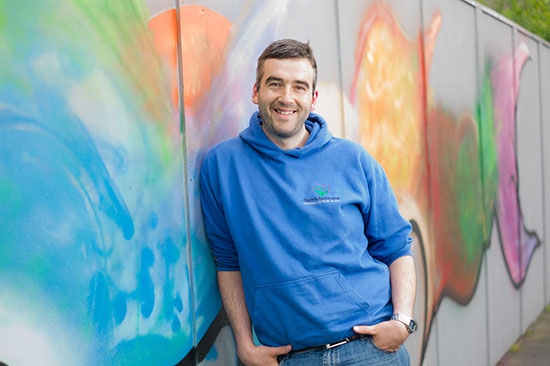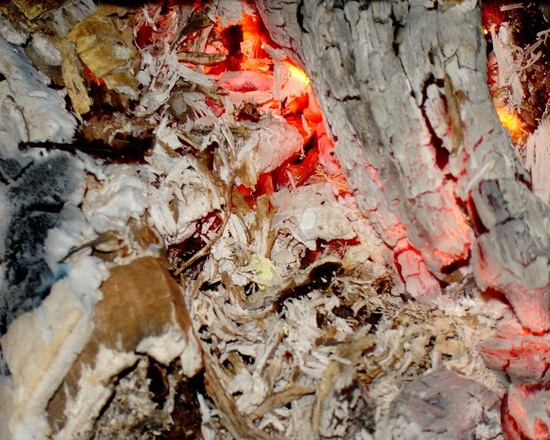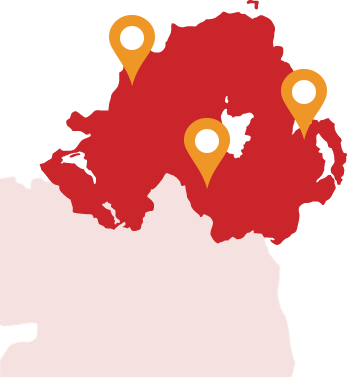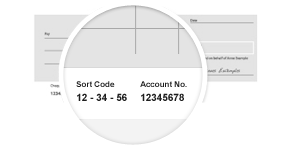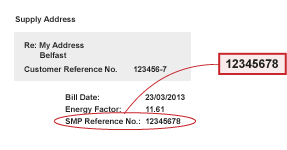Introducing our new Man in the Garden: Gareth Austin
firmus energy is delighted to welcome Horticulturist Gareth Austin to their team. Many of our customers from the North and West will know Gareth as the voice of Gardening on BBC Radio Foyle, where Gareth's popular take on all things gardening can be heard every weekly on the Mark Patterson Show. Gareth's first blog is on his love of Snowdrops.
To Ash or Not To Ash...that is the question....
It’s a question I get asked a lot, "Can I put the ashes from the fire on the garden", or it’s something I bring up at gardening talks & events and largely folks are surprised when you say, YES....but...(there’s always a ‘but’) and we’ll cover all this in more detail this week.
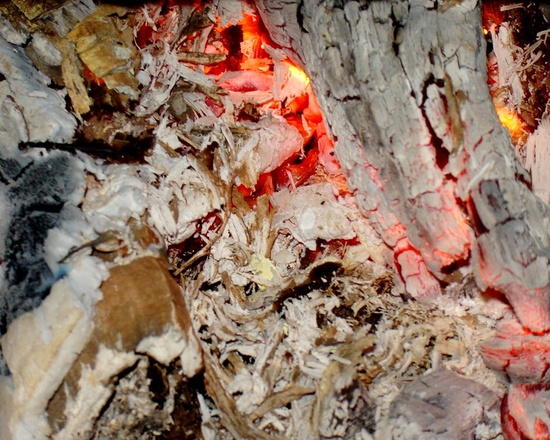
Ash from a woodburning stove, or biomass system (I had a great tour of the Original Heating facility in Derry recently so I’ll well brushed up on these now!) is immensely valuable to the garden. When you burn wood you create a fertiliser called Potash. This Potash contains Potassium and is one of the "big 3" nutrients, the others being Nitrogen and Phosphorus. Potassium is vital for the health and wellbeing of your plants, and performs a number of roles in your plants. We look upon it simply as being a promoter of flowers on plants, but it also helps with disease resistance, and is an essential part of the Photosynthesis process. Wood Ash is around 10% potassium, it also contains a small % of Phosphorus and again a small % of Nitrogen, but it’s the potassium which is the real benefit to our gardens.
The wood from the stove or biomass will be a welcome addition of potassium to your soil, this potassium will be in a form which is currently unavailable to your plants, ie it’s in a powder or dust and it will need to be broken down by the micro-organisms within your soil and hydrated by rain, so it does take some time for the benefits to show through, in some cases it’s 6+months before the potassium becomes available to the plants. Also excessive amounts of woodash added to a garden can lead to a problem of Nitrogen Immobilisation, where the Nitrogen is soil is used to break down the carbon in the ash, thus short term making the Nitrogen unavailable to your plants, but eventually this will be released back again to your plants, with the potassium from the ash.
The most efficient method to utilise the woodash from your fire is to mix it with the grass clippings from the lawn, this will speed up the decomposition of the grassclippings into useable material for reapplying around trees, shrubs and plants. Simply stockpile the woodash in a hole in the ground (or a big tub) and as your cutting the summer lawn add a layer of woodash to the compost bin. In addition to the afore mentioned benefits of speeding up the composting process it will also help to stabilise the low pH which is normally found in lawn clipping piles, helping to release more of the fertility and helping the earthworm numbers in the garden (earthworms don’t like acid soil, and if the soil gets too acid they’ll die off, so managing soil pH is a job every gardener should strive to do – a target pH should be around 6.5)
Turfash is safe to use exactly the same as woodash, it has all the same Potassium giving benefits without the lime content, so it’s a super product to use when prepping soil for potato planting. Simply stockpile the turfash during the winter (in a sheltered hole or big tub...not in a pile at the back of the house – unless you want tour house turned orange with dust in the winter!) and then work this through the soil when your conditioning the ground at planting time in the spring. Potassium is important in the disease prevention in the potatoes, and the potassium content will make the potatoes more floury.
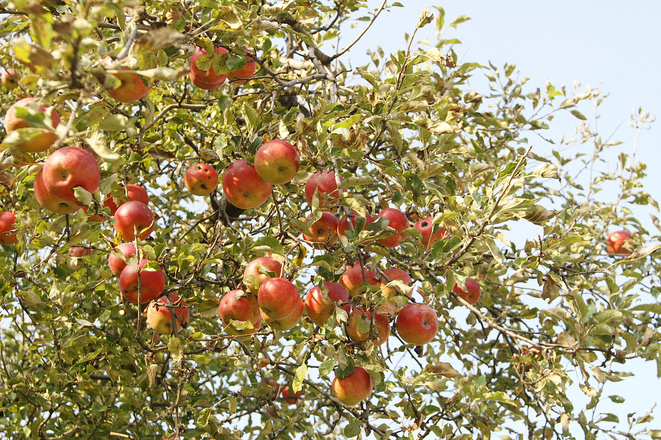
Woodash has a benefit over TurfAsh in that it has a lime content, so its good for balancing acidic soils. But the negative to woodash is that is can be a source of pollutants. What I mean by this is that the wood you burn may contain carcinogenic material, such as creosotes, so it’s worthwhile knowing what you’re burning. Also there can be a problem with tannin build-up in the soil. These two last problems are really associated with excessive woodash piling, such as dumping shovel full after shovel full in a huge heap over a number of years.
CoalAsh is a different kettle of fish altogether. Just bag it and bin it. Simple advice. Don’t let it near your garden, especially where you’re growing crops to eat. Coal Ash when its burned is a very high alkaline product, if you spread a 3" layer of your garden that localised area with have a pH of 8.5 (where the rest of the garden could be pH6.5) – this dramatic pH change is highly detrimental for all the living organisms in your soil and to plant roots. Also when you burn coal within the ash you will get a concentration of heavy metals, which are highly pollutant and toxic. So if your growing edibles its very bad news, if your growing ornamentals its bad news and for the environment its bad news. So it’s best just to bag it and bin it. If you’re using a small amount of coal to get the fire going and then your burning turf or wood for the rest of the night then the amount of pollutants you’ll create is negligible, but anything more than 15% coal in the mix I’d be bagging and binning.
As mentioned before Potassium has a good few roles in the plant, and it moves very freely around the plant. So when you get a Potassium shortage in the plant it always shows up in the lower leaves, anyone who’s grown Tomatoes may have a ‘Eureka’ moment at this, as Potassium deficiency shows up as black spots on the older leaves, which many confuse with Blight symptoms, you get the same signs in Potatoes. Potassium is also very mobile in the soil, and is easily leached by rain (ie it moves out of the availability of the roots of your plants), the best way to encourage Potassium retention in the soil is to increase the amount of well-rotted organic matter in the soil, by increasing the organic matter the soil will be able to retain the potassium more efficiently. There is nothing bad that can come out of making good compost and applying it your plants...it’s the foundation of healthy plants.
Connect with Gareth
Gareth Austin is a broadcaster and lecturer in Horticulture. Join Gareth on Twitter @GardenerGareth or connect via Facebook to enjoy his regular adventures in the world of Horticulture.
